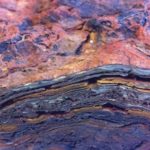History
Latest News on Neanderthals – Interbreeding with Homo sapiens and Isolation
Philosophy
Japanese NGO Nihon Hindankyo wins Nobel Peace Prize
Music
Five Revolutions in Modern Music
Religion
Tibetan Book of the Dead (Full text). “Great Liberation as a result of what was heard in the bardo”
Architecture
Woven City is a smart city built by Toyota based on hydrogen energy technology
The last notes
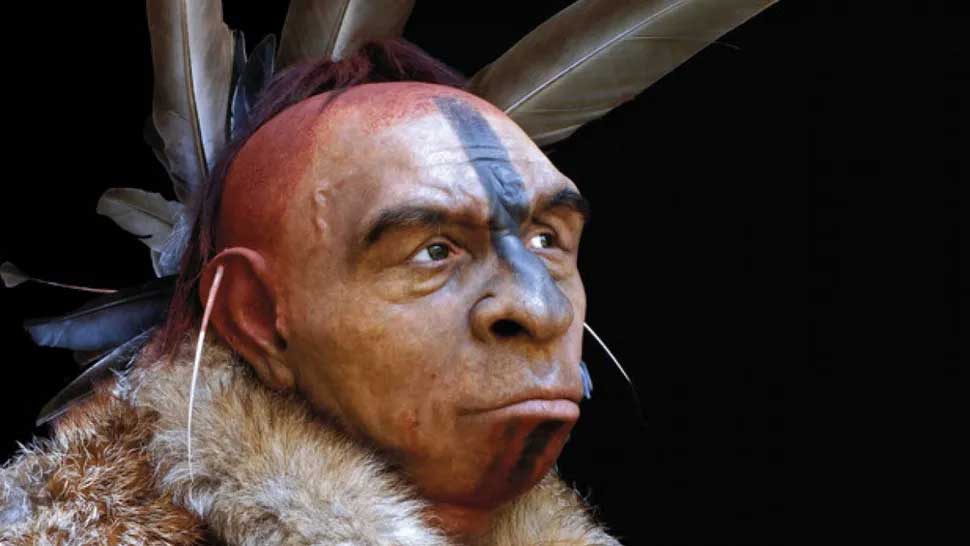
Latest News on Neanderthals – Interbreeding with Homo sapiens and Isolation
A complex picture is emerging of how the Neanderthals died out, and what role modern humans played in their demise. About 37,000 years ago, Neanderthals were still living in small groups in what is now southern Spain. They may have gone about their daily business, making stone tools, eating birds and mushrooms, carving symbols into rocks, and creating feather and shell jewelry. They probably never realized that they were among the last of their kind.

New facts in the history of Ancient Egypt have been discovered
It would seem that Egypt has been dug up and down, but archaeologists and scientists are finding new facts to study. For example, mysterious plasma bubbles have appeared above the pyramids; China has recorded these strange atmospheric phenomena using modern radar. Archaeologists have discovered a 3,000-year-old fort in the desert, which contains evidence of the pharaoh’s stay. The ancient Egyptians used so much copper that they polluted the harbor near the pyramids.
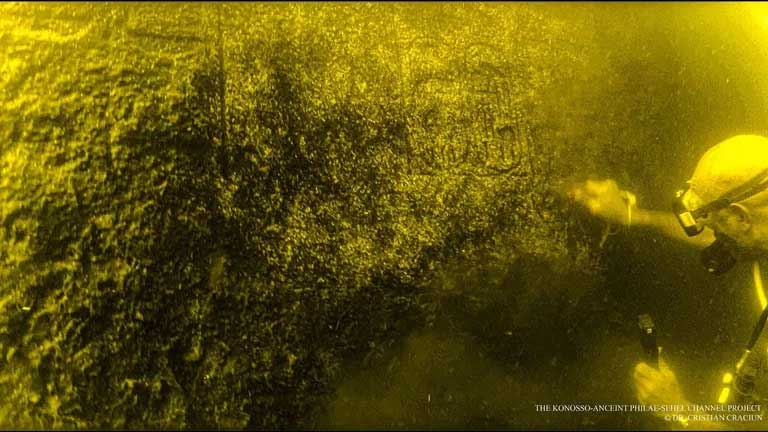
Top Archaeological Novelties Found Underwater in 2024
Surprisingly, historical landmarks can survive in water. A 2,000-year-old temple from the “Indiana Jones civilization” has been found submerged off the coast of Italy. An ancient sunken bridge in Spain shows that people inhabited the Mediterranean island nearly 6,000 years ago. A torrential downpour hit an excavation site and uncovered a 233-million-year-old dinosaur. Archaeologists have discovered underwater images of several New and Late Kingdom pharaohs in the southern Egyptian province of Aswan. Archaeologists have found a centuries-old…
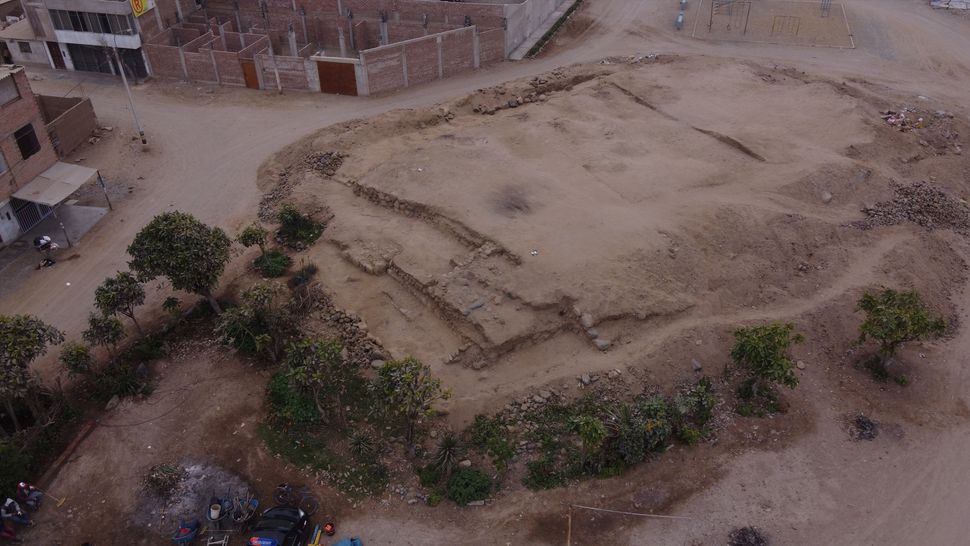
Child sacrifices were practiced in Peru about 1,000 years ago, and archaeologists have found more than 500 bodies in the last five years
In the coastal desert north of Lima, Peru, archaeologists have uncovered the skeletal remains of 227 children, apparently killed and buried hundreds of years ago in a massive ritual sacrifice. The find represents the largest child burial on Earth, according to researchers who have been excavating the site for more than a year, and the bodies discovered so far may be just the tip of the proverbial blade. “No matter where you dig, there’s another one,” said…

Japanese NGO Nihon Hindankyo wins Nobel Peace Prize
The 2024 Peace Prize was awarded to the Japanese public organization Nihon Hidankyo “for its efforts to achieve a world free of nuclear weapons and for demonstrating that nuclear weapons should never be used again.” “The outstanding efforts of Nihon Hidankyo and other hibakusha have contributed greatly to the establishment of the ‘nuclear taboo.’ It is therefore alarming that today this taboo against the use of nuclear weapons is under pressure,” the official press release said.

Literature Prize awarded to South Korean writer Han Kang
The Nobel Prize in Literature was awarded to South Korean writer Han Kang “for her richly poetic prose that confronts historical trauma and reveals the fragility of human life.” The writer became the first South Korean to win the Nobel Prize in Literature. South Korean writer Han Kang is the 18th woman to be awarded the Nobel Prize in Literature. In 2016, she won the Booker Prize for her novel The Vegetarian.
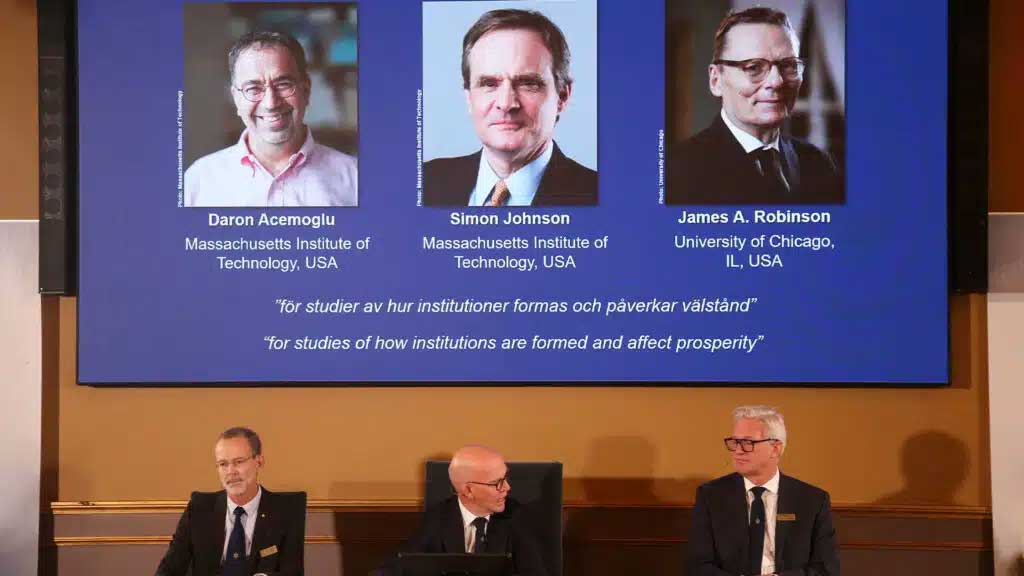
Three US citizens have won the Nobel Prize in Economics
The laureates studied the different political and economic systems brought in by European colonizers. As the committee noted, Acemoglu, Johnson, and Robinson “helped us understand differences in well-being across countries.” They demonstrated the importance of institutions for a country’s prosperity and developed theoretical tools that can explain why differences in institutions persist and how institutions can change.
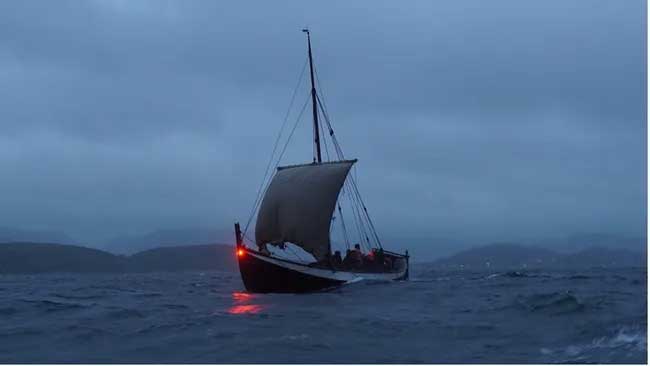
The Vikings traded, hunted with the Arctic inhabitants and fought with the Indians
After establishing settlements in Iceland and Greenland in the ninth and tenth centuries A.D., the Vikings reached what is now Newfoundland, Canada, around A.D. 1000. In the 13th century, the Inuit and Thule Norse hunted walruses in the high Arctic, according to a new study. Medieval walrus ivory may indicate trade between the Norse and Native Americans hundreds of years before Columbus, the study found.
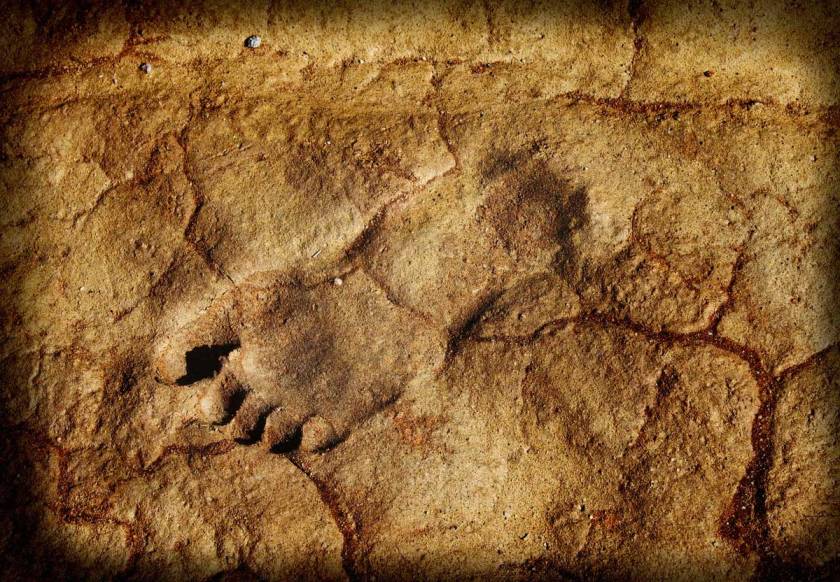
Traces that can change history
Archaeologists have found 115,000-year-old human footprints where they shouldn’t be. Fossilized footprints in Saudi Arabia show evidence of human movement on the cusp of the next ice age. Study of preserved tracks in New Mexico continues to shed light on the first human movements across North America.

Scientists from the Far East and Siberia have extracted Paleolithic viruses from melting permafrost
Scientists are discovering and resurrecting ancient viruses trapped in permafrost and frozen remains. Trapped in frigid Arctic soils and riverbeds, the world is teeming with ancient microbes. Bacteria and viruses that existed thousands of years ago are frozen in time within prehistoric layers of permafrost. Rising temperatures could cause much of the ice to melt, freeing these microbes from their icy prisons. The viruses found are harmless, but other microbes, as yet unknown, could be released and…
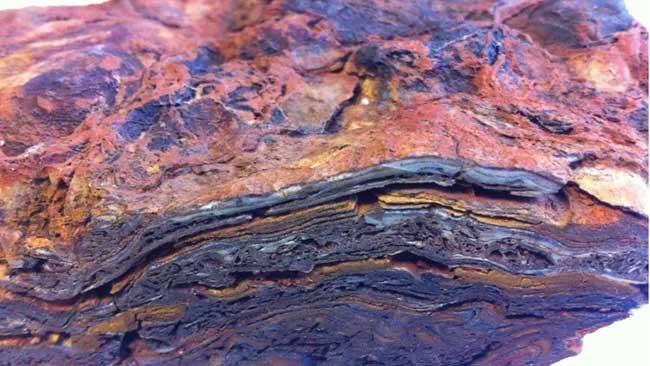
Fossils, stromatolites, from Western Australia were created by microbes 3.48 billion years ago
Layered rocks in Western Australia are among the earliest known forms of life on Earth, according to a new study. The fossils in question are stromatolites, layered rocks formed by the secretions of photosynthetic microbes. The oldest stromatolites, which scientists believe were created by living organisms, date back 3.43 billion years, but there are older examples. Stromatolites dating back 3.48 billion years have been found in the Dresser Formation in Western Australia.

Salt crystals from Central Australia contain ancient microorganisms dating back 830 million years
New research suggests that salt crystals from Central Australia contain ancient microorganisms that became trapped 830 million years ago, and there is a chance that some of the microorganisms are still alive. The single-celled organisms are trapped in tiny pockets of liquid – smaller than the width of a human hair – in halite, or salt, from a sedimentary rock formation.
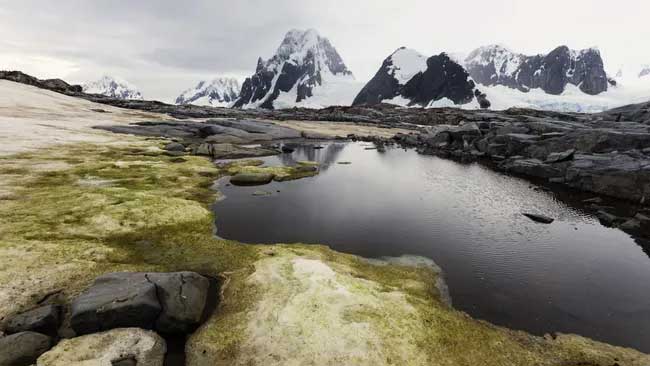
90 million years ago, Antarctica was a thriving tropical forest
Fossil evidence of an ancient rainforest has recently been discovered in West Antarctica. A thriving temperate rainforest grew in West Antarctica about 90 million years ago, according to a new study, based on newly discovered fossil roots, pollen and spores.
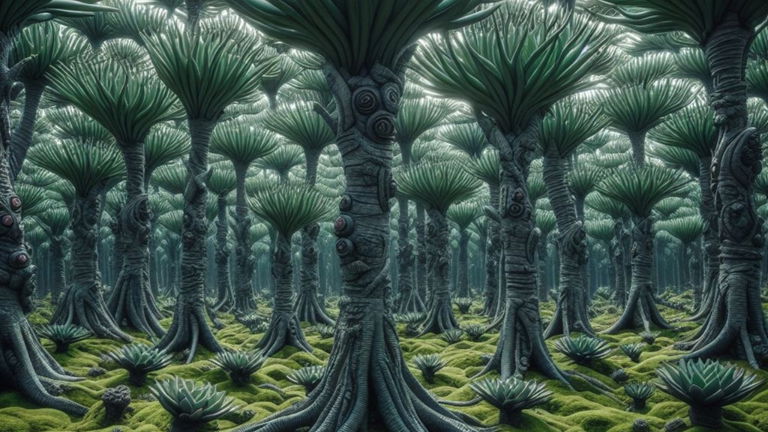
In early 2024, the oldest fossil forest ever discovered, dating back 390 million years, was discovered in southwest England
Exceptionally preserved plant fossils of 350 million-year-old strange bushy trees have been discovered in southeastern Canada. In the UK, researchers have discovered a fossil forest of small, palm-like trees and arthropod tracks dating back to the Middle Devonian. Petrified trees discovered by chance in southwest England belong to the oldest known forest on Earth, a new study has found. The 390-million-year-old fossils displace the 386-million-year-old Gilboa Fossil Forest in New York state as the oldest known forest…
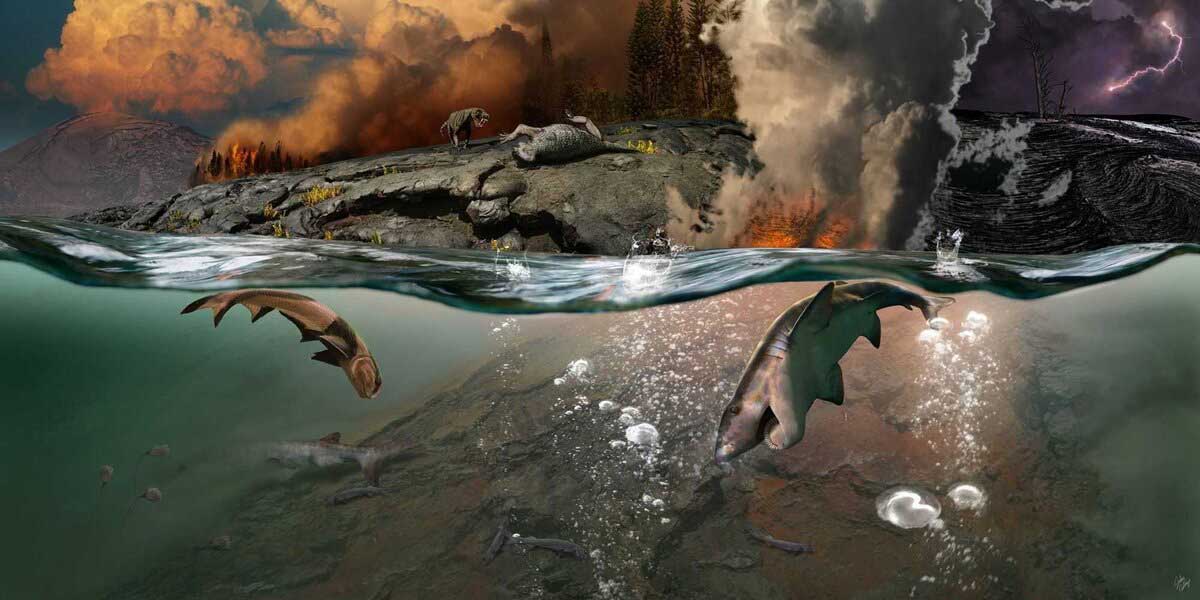
Six Mass Extinctions in Earth’s History. Are We on the Brink of a Seventh?
Scientists define a mass extinction as the extinction of about three-quarters of all species over a short geological period of time, which is less than 2.8 million years, according to The Conversation. Right now, humans are at the beginning of the last mass extinction, which is moving much faster than any other. Since 1970, vertebrate species populations have declined by an average of 68%, and more than 35,000 species are currently considered threatened with extinction, according to…
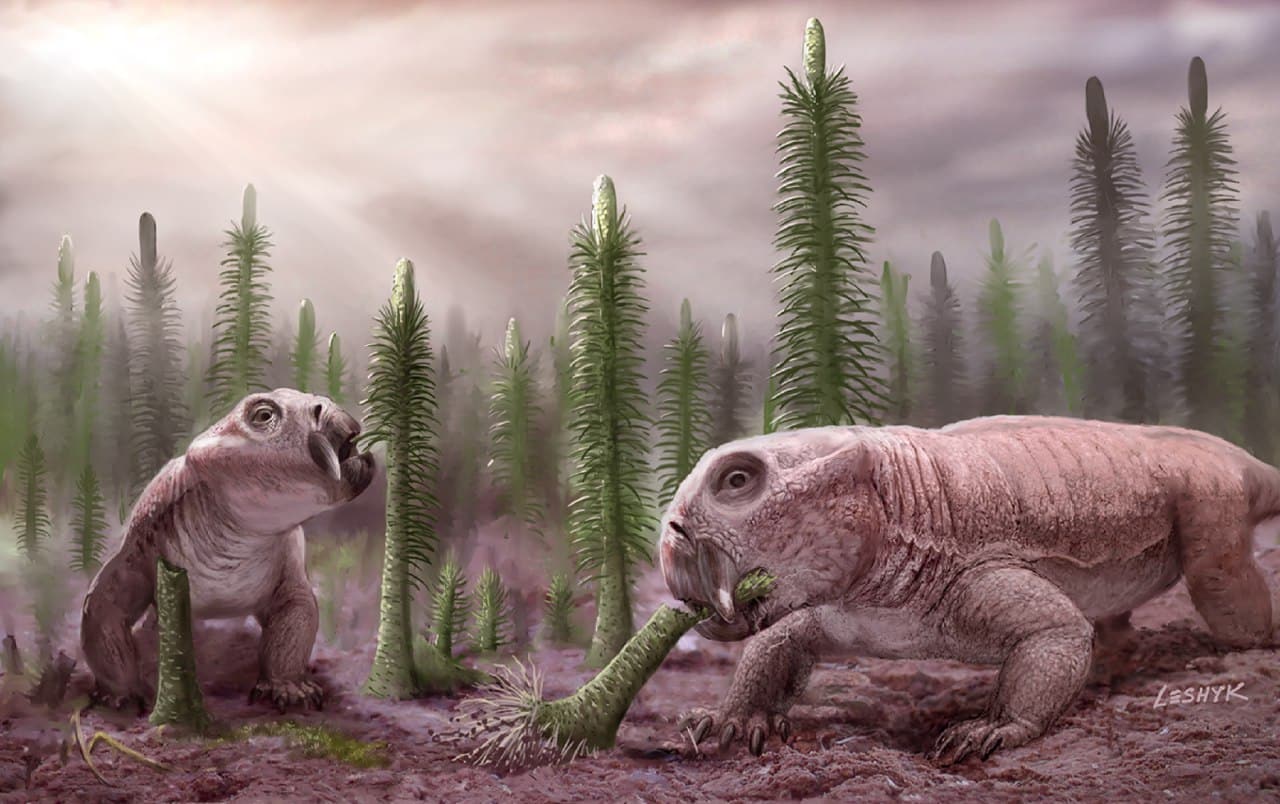
Causes of the Permian-Triassic Extinction: Atmospheric Carbon Dioxide Overload VS Deadly Pulse of Ultraviolet Radiation
At the end of the Permian period 252 million years ago, Earth was devastated by a mass extinction that wiped out more than 90% of the planet’s species. Compared to other mass extinctions, the recovery from the Great Dying was slow: it took at least 10 million years for the planet to be repopulated and begin to restore its diversity. The largest mass extinction in Earth’s history may have been triggered by a strong El Niño cycle.…
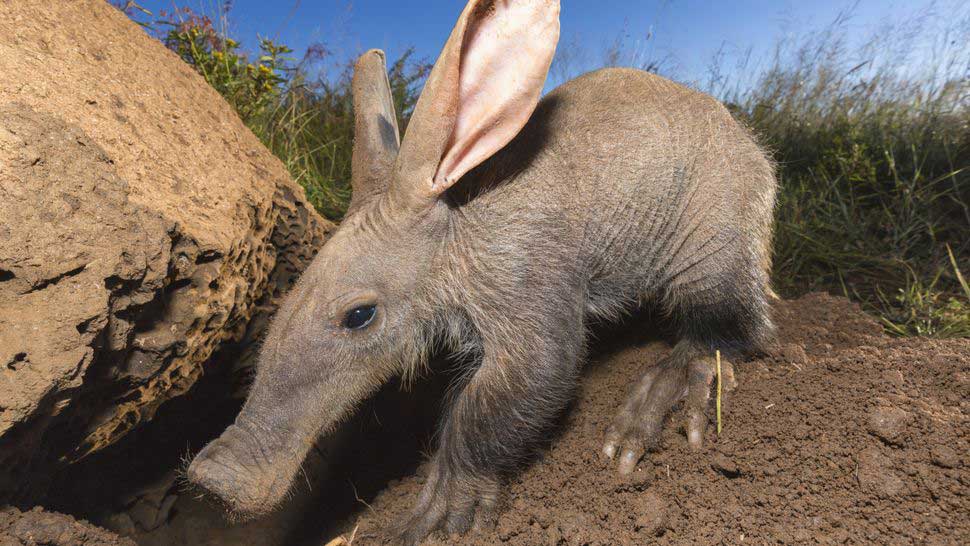
Hit parade of “living fossils”: these 14 species have not changed in millions or even hundreds of millions of years
A living fossil is a species that has not changed significantly over millions of years and closely resembles its ancestors found in the fossil record. Charles Darwin coined the term “living fossil” in 1859 to describe living species that still looked like their ancestors millions of years ago and were often the last surviving lineage. Anatomically, these species tend to appear unchanged, although genetically, the species are constantly evolving. Plate tectonic activity has had a profound effect…
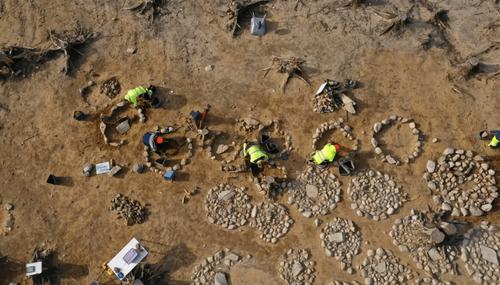
Archaeologists in Norway have discovered an ancient cemetery where mostly children were buried
Archaeologists in Norway have discovered a cemetery dating from 800 to 200 BCE, where mostly children were buried. Because the remains of nearly 40 children, all under the age of 6, were found there, experts are unsure what prompted the discovery of these remains in Norway. Each grave was marked by carefully placed, symmetrical stone circles. The group of 41 stone circles near Fredrikstad in southeastern Norway puzzled the team of archaeologists when they first discovered them.…
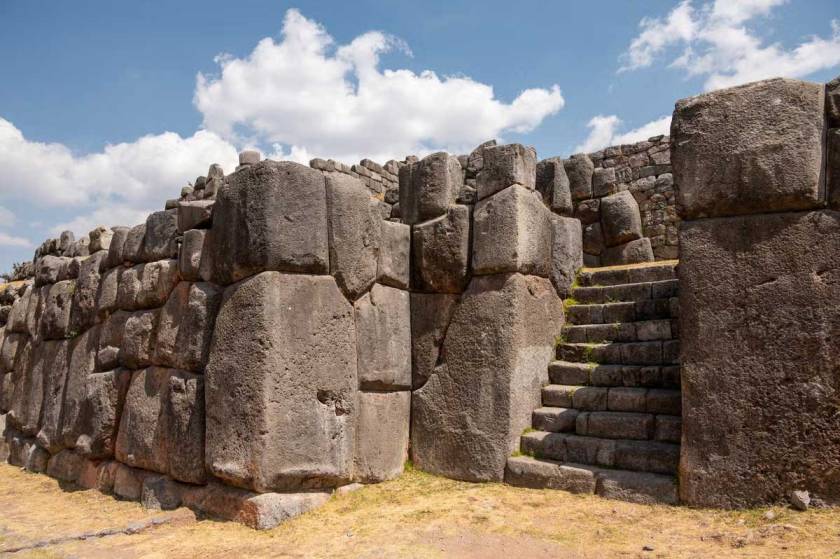
Archaeologists have discovered a 4,000- to 5,000-year-old ceremonial temple in a sand dune in Peru
Archaeologists recently discovered the lost ruins of a ceremonial temple buried in sand and estimated to be between 4,000 and 5,000 years old in northwestern Peru. The team first discovered the walls, then uncovered a series of features that suggested the structure had once been a temple. Then came the skeletal remains of three adults, hidden between the walls.

In the Tula region, in the village of Barybinka and in Krasnoyarsk, on the territory of the Shinnoye cemetery, artifacts from the 1st century AD were discovered
In 2022, FSB officers in the Tula region detained a “black digger” who, during illegal excavations in the territory of Greater Tula, found a unique treasure trove containing women’s jewelry from the era of the Middle Sarmatian culture of the 1st-2nd centuries AD. The treasure was transferred to the funds of the Kulikovo Pole State Museum-Reserve and is being prepared for exhibition, and archaeologists have begun studying the ancient settlement. In Krasnoyarsk, SFU scientists found more than…
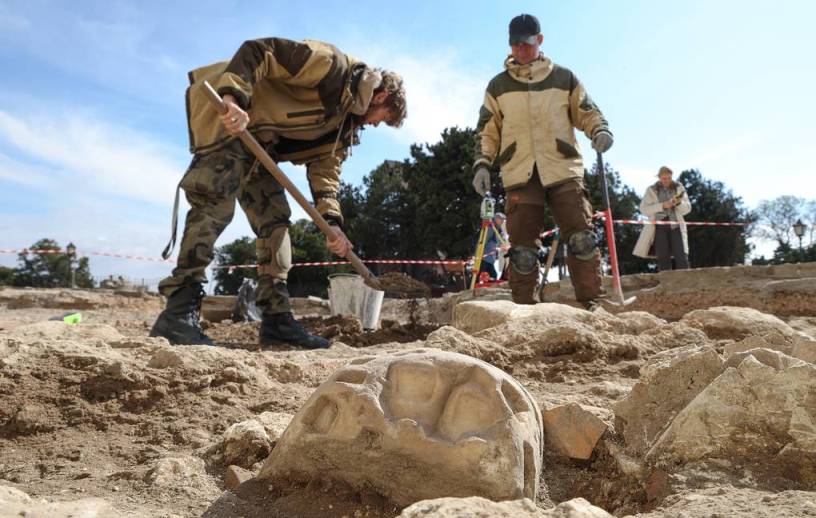
Path of the Dead and Child Burial – Neolithic News
LiDAR technology in Ireland reveals hidden structures that could guide spirits into the afterlife. A child’s burial site from the 4th millennium BC was found in Armenia.
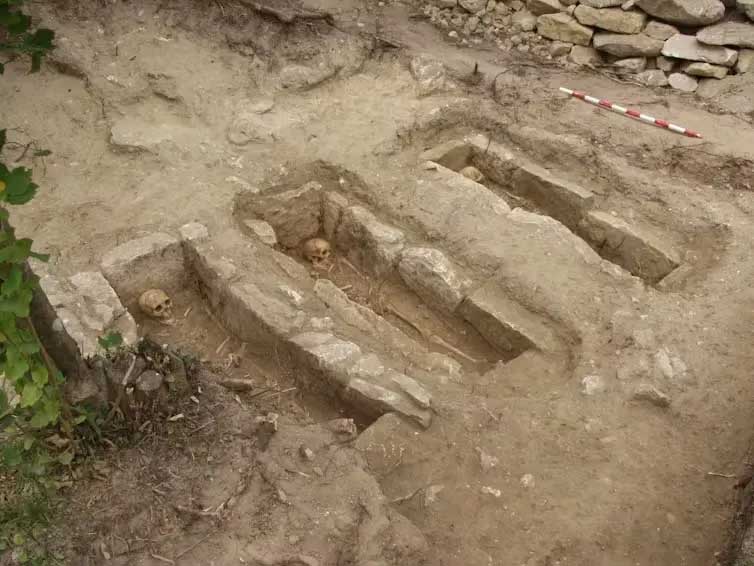
DNA analysis reveals features of people’s lives in other eras
DNA has revealed incest, smallpox and violent deaths among Christians living in caves in medieval Spain. And a Stone Age burial site in France, used for 800 years, is made up almost entirely of men; ancient DNA shows they are heavily related.
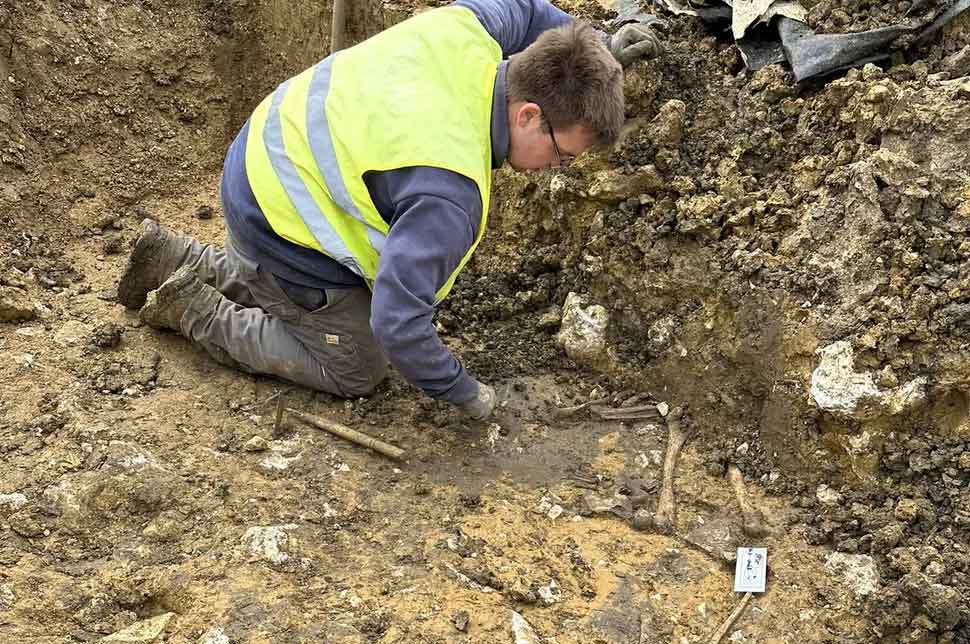
Archaeologists continue to dig up medieval burial sites in Eurasia
The first medieval necropolis has been discovered in Veliky Novgorod. A 1,700-year-old “barbarian” burial site has been discovered on the border of the Roman Empire in Germany. Archaeologists in Kazakhstan have discovered 10 kurgans, or burial mounds, dating back to the Middle Ages, and some of them have “whiskers.”
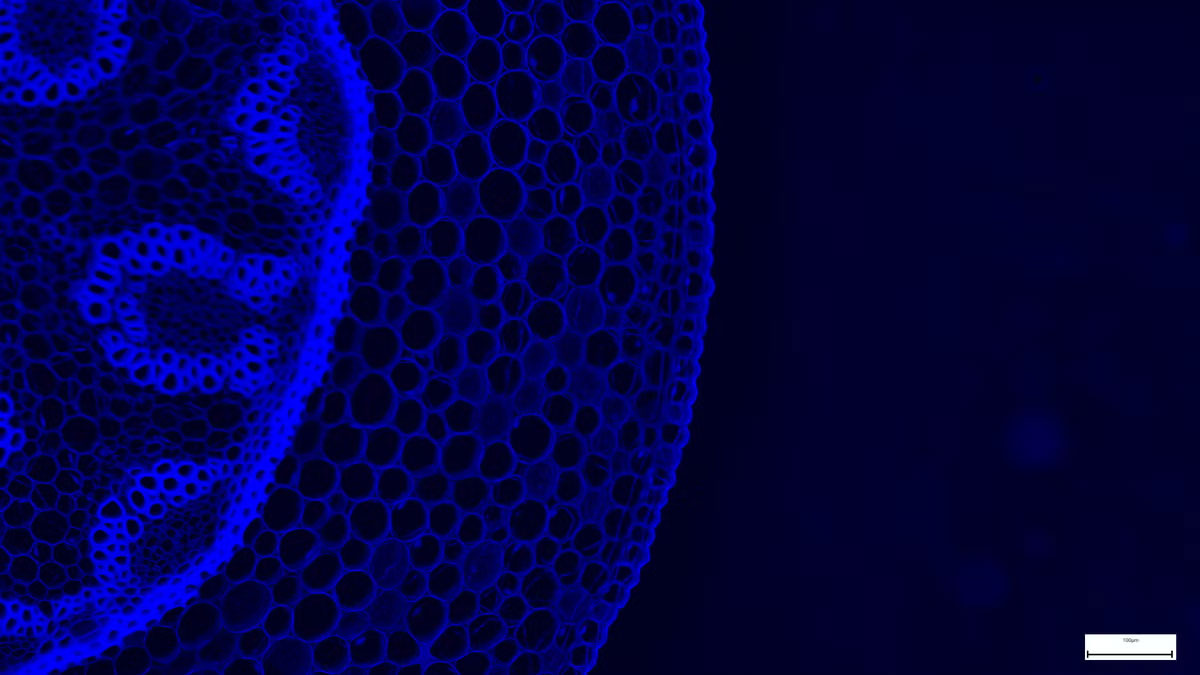
LUCA – the new universally recognized ancestor of all life on Earth
New research suggests that all life today descended from a cell that lived 4.2 billion years ago, just a few hundred million years after the Earth formed. This last universal common ancestor, affectionately nicknamed LUCA by biologists, wasn’t all that different from the fairly complex bacteria that exist today — and it lived in an ecosystem teeming with other life and viruses.
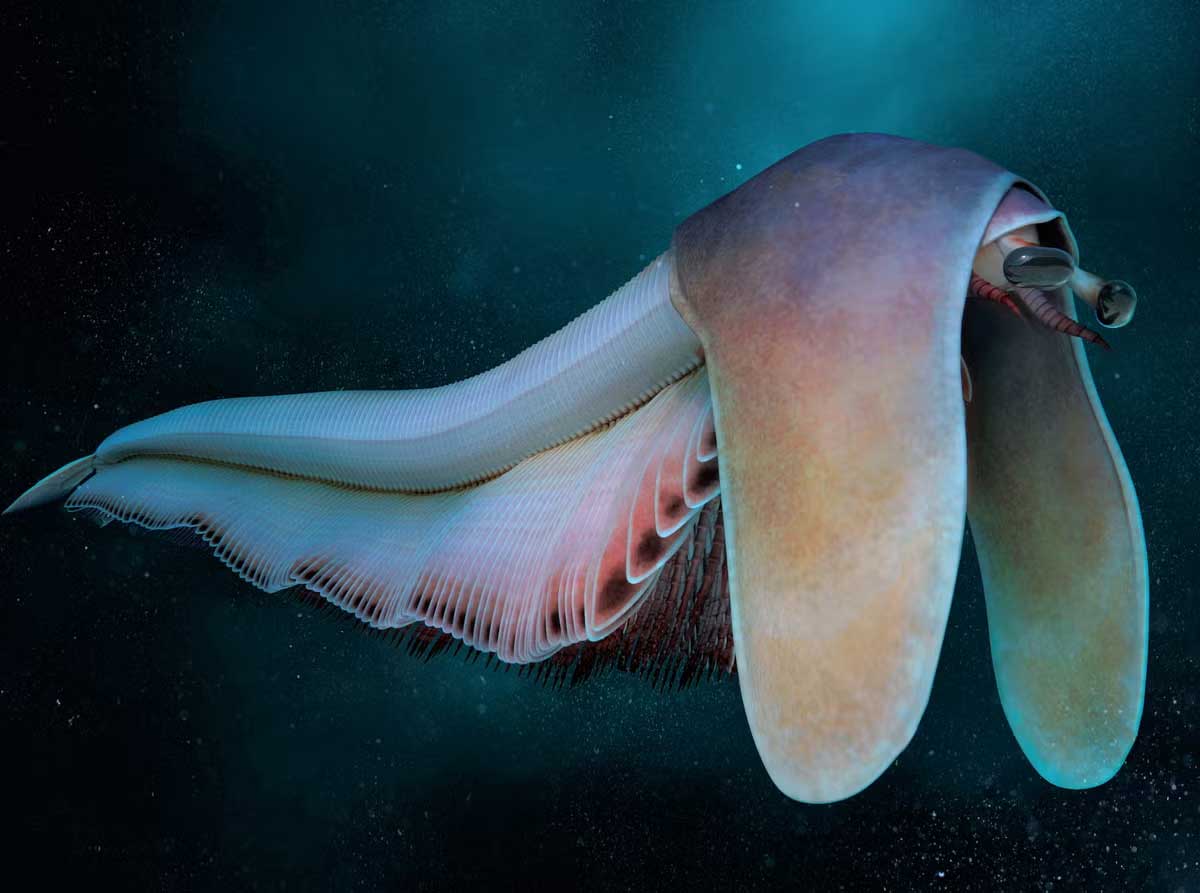
Ediacaran animals are still considered the earliest multicellular animals on Earth
And paleontologists and geneticists are finding more and more evidence to support this fact. Using fossils and genetic dating, scientists have put forward very different candidates for the role of the world’s first animal. Today, animals of all shapes and sizes roam the Earth, from nearly microscopic creatures like tardigrades to 80-foot (25-meter) blue whales. These organisms emerged and developed over millions of years of evolution. But which animal was the first on the planet?
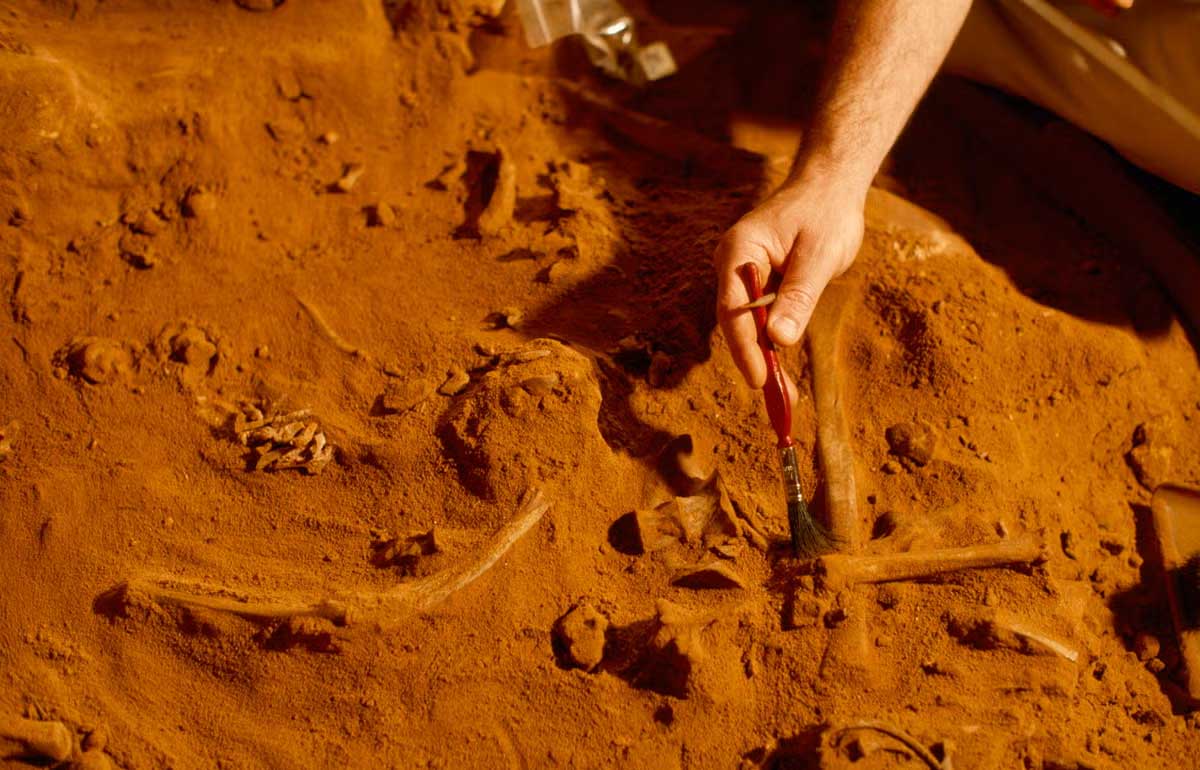
Cambrian animals add new mysteries to researchers
Jaws found in 500-million-year-old fossils. A new study by scientists at the Royal Ontario Museum (ROM) has concluded that O. alata was likely one of the first arthropods with lower jaws, a departure from previous research that suggested the animal may have been a filter feeder.
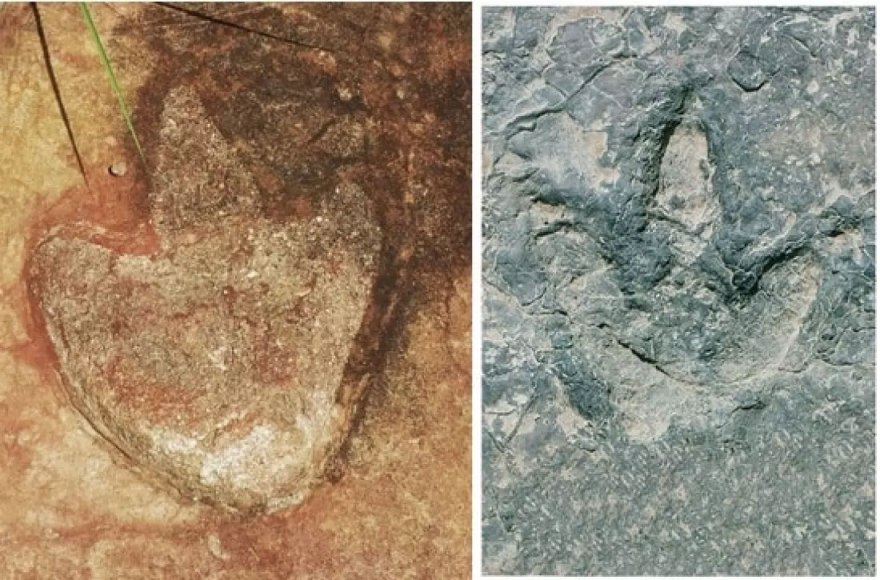
Matching dinosaur footprints found in Africa and South America
Tens of millions of years ago, South America and Africa were part of the same landmass, an ancient supercontinent called Gondwana. At some point, the two continents began to drift apart until only a thin strip of land remained above, holding them together. A team of scientists in a new study argues that matching dinosaur tracks found in what are now Brazil and Cameroon were left along this narrow passage 120 million years ago, before the continents…
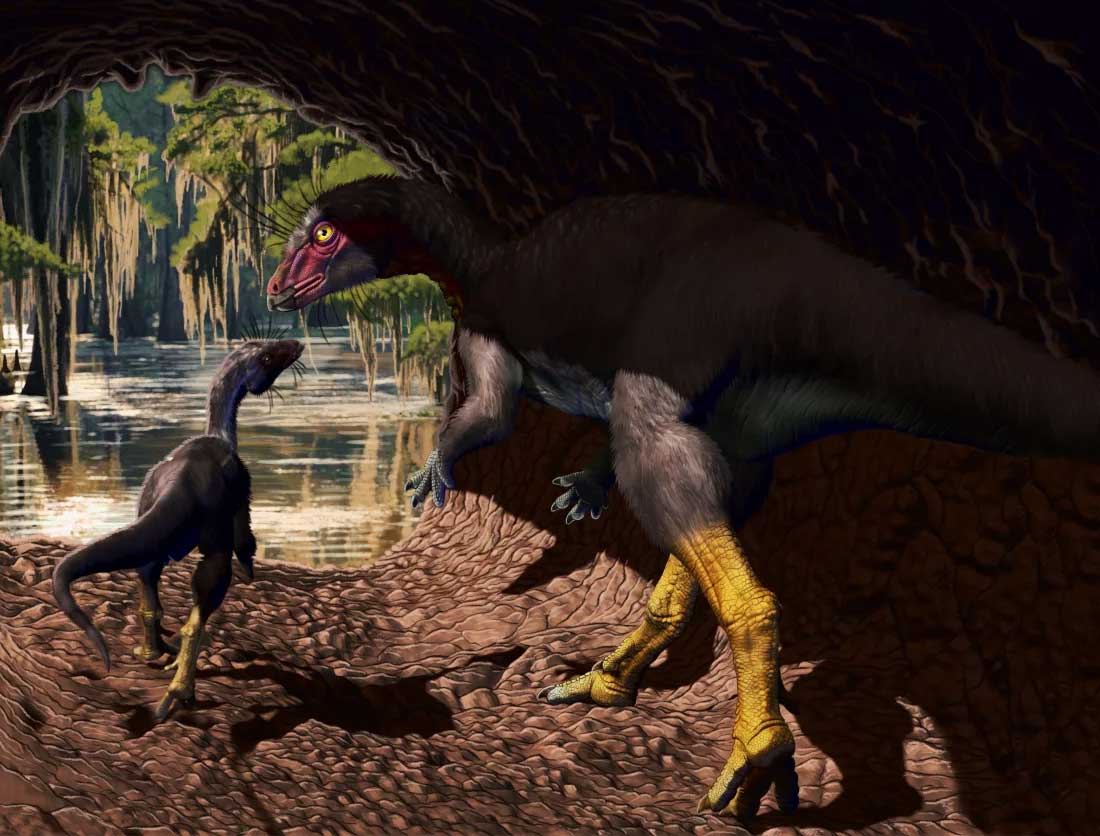
Dinosaurs could live underground
A newly discovered dinosaur may have spent part of its life underground. Paleontologists have recently uncovered a new fossilized animal — and this time, it’s a burrower. Fona herzogae, discovered in Utah by researchers and paleontologists from North Carolina State University, was a small, herbivorous dinosaur that lived during the Cenomanian period — about 100 to 66 million years ago.

New archaeological discoveries have shown that humans are capable of surviving in the most extreme conditions
The fossilized bones of a giant, extinct armored mammal provide the latest clue about when humans arrived in South America. At the time, in the late Pleistocene, numerous large animals inhabited the harsh, cold landscape, including giant sloths, mastodons, and saber-toothed cats. Humans were well-adapted to drought and resource scarcity, able to move along dry riverbeds in search of pools and the prey that grazed around them. The authors call this a “blue highway” that operated during…
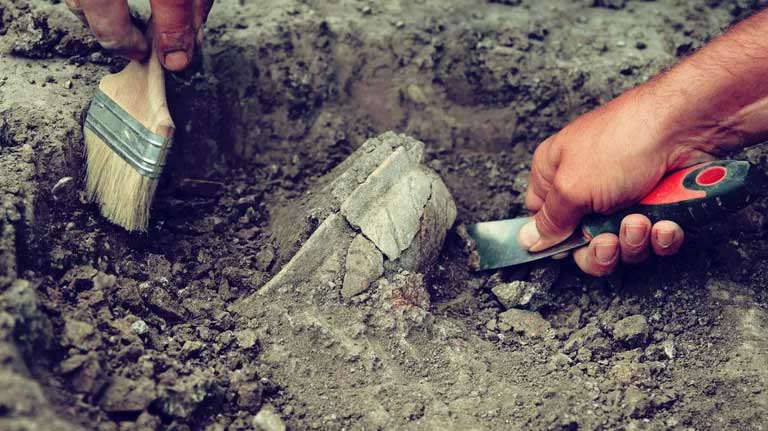
The oldest human remains, 850 thousand years old, have been found
Archaeologists in Spain have made an unexpected discovery. The oldest human remains have been found in the Gran Dolina mountain range. Archaeologists from Spain have discovered the bones of some of the oldest archaic humans in Europe, who lived in the Sierra de Atapuerca mountain range, Gran Dolina, 850 thousand years ago, according to a press release from the Catalan University of Human Paleoecology and Social Revolution.











